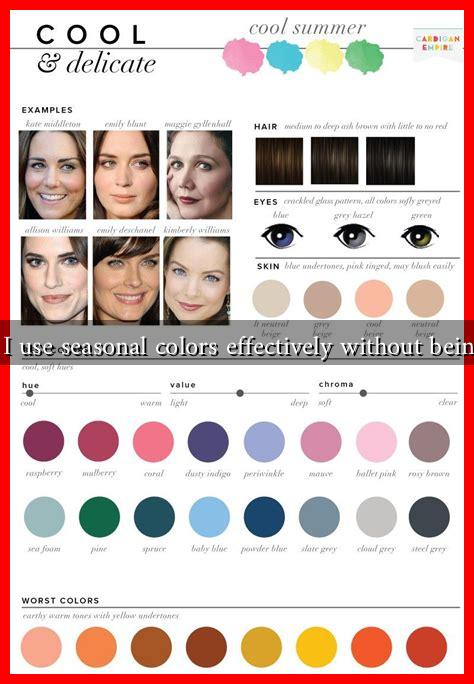-
Table of Contents
- How Can I Use Seasonal Colors Effectively Without Being Boring?
- Understanding Seasonal Colors
- 1. Mix and Match: Create Unique Combinations
- 2. Textures and Patterns: Add Depth
- 3. Seasonal Color Palettes: Create a Cohesive Look
- 4. Case Studies: Successful Seasonal Color Use
- Conclusion: Embrace Creativity with Seasonal Colors
How Can I Use Seasonal Colors Effectively Without Being Boring?
Seasonal colors can breathe life into your wardrobe, home decor, or branding strategy. However, many people struggle with how to incorporate these colors without falling into the trap of monotony. This article will explore effective ways to use seasonal colors creatively, ensuring that your choices remain fresh and engaging.
Understanding Seasonal Colors
Seasonal colors are hues that reflect the characteristics of a particular season. For instance, spring often features pastels and bright colors, summer leans towards vibrant and bold shades, autumn showcases warm and earthy tones, and winter is characterized by deep, rich colors. Understanding these palettes is the first step in using them effectively.
1. Mix and Match: Create Unique Combinations
One of the most effective ways to avoid boredom when using seasonal colors is to mix and match them. Here are some strategies:
- Complementary Colors: Pair colors that are opposite each other on the color wheel. For example, a soft lavender can be beautifully complemented by a rich yellow.
- Analogous Colors: Use colors that are next to each other on the color wheel. For instance, combining shades of orange, red, and yellow can create a warm autumn palette.
- Accent Colors: Use a bold seasonal color as an accent against a neutral background. A deep burgundy cushion on a beige sofa can add a touch of seasonal flair without overwhelming the space.
2. Textures and Patterns: Add Depth
Incorporating different textures and patterns can elevate your use of seasonal colors. Here’s how:
- Layering Textures: Combine fabrics like velvet, linen, and cotton in seasonal colors to create a rich visual experience. For example, a rust-colored velvet throw can add depth to a light beige couch.
- Patterns: Use seasonal colors in patterns such as florals, stripes, or geometric designs. A floral dress with autumn hues can be both stylish and seasonal.
- Accessories: Incorporate seasonal colors through accessories like cushions, rugs, or artwork. This allows for easy updates without a complete overhaul.
3. Seasonal Color Palettes: Create a Cohesive Look
Creating a cohesive look with seasonal colors can be achieved through well-thought-out palettes. Consider the following:
- Color Wheel: Use a color wheel to select a palette that resonates with the season. Websites like Adobe Color can help you visualize combinations.
- Three-Color Rule: Stick to three main colors for a balanced look. For example, in spring, you might choose pastel pink, mint green, and soft yellow.
- Seasonal Themes: Create themes based on seasonal events or holidays. For instance, use red and green for Christmas or orange and black for Halloween.
4. Case Studies: Successful Seasonal Color Use
Several brands and designers have successfully utilized seasonal colors in innovative ways:
- Fashion Brands: Companies like Pantone and Zara often release seasonal color guides that showcase how to effectively use colors in their collections. For example, Pantone’s Color of the Year often influences fashion trends.
- Interior Design: Designers like Kelly Wearstler use seasonal colors to create dynamic spaces that feel fresh and inviting. Her use of bold colors and patterns demonstrates how to avoid a boring aesthetic.
Conclusion: Embrace Creativity with Seasonal Colors
Using seasonal colors effectively requires creativity and a willingness to experiment. By mixing and matching colors, incorporating textures and patterns, creating cohesive palettes, and learning from successful case studies, you can avoid the pitfalls of monotony. Remember, the key is to embrace your personal style while allowing seasonal colors to enhance your aesthetic. With these strategies, you can confidently use seasonal colors in a way that is both engaging and visually appealing.



